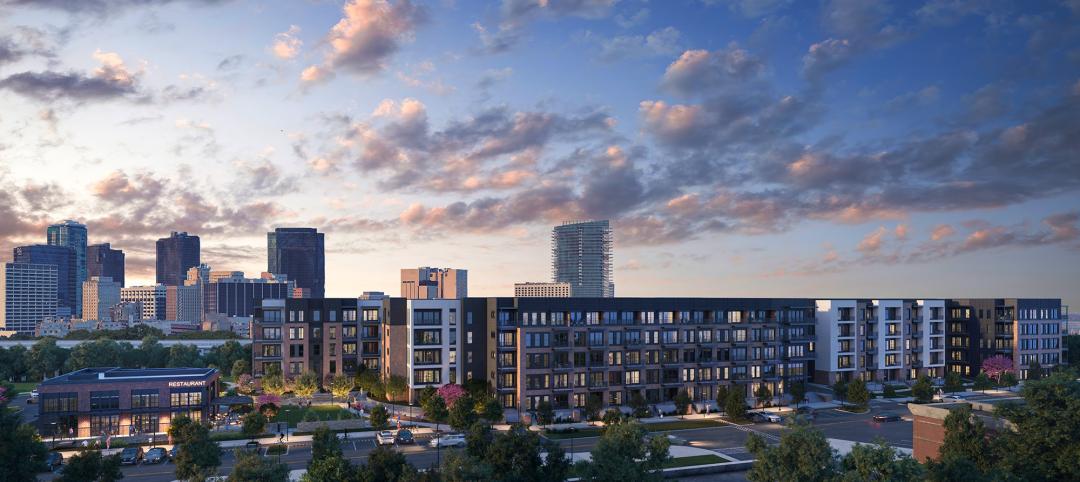Through the 2012 Owner Study, consultant FMI and the Construction Users Roundtable set out to understand how large capital program owners are coping with the current environment, as well as what challenges they believe the future environment holds and how prepared they feel to face these challenges. In general, survey and interview questions fell into these broad areas:
-
Identification of future issues impacting capital programs and the degree of preparedness toward addressing those issues.?
-
Level of staffing changes during the past four years and anticipated staffing trends going forward.
- Degree of project disruptions affecting capital programs resulting from delays, cancellations and funding challenges.
- Continued evolution of project delivery systems and procurement methods.
Based on survey responses, it is clear that many capital program owners have already begun the process of identifying future challenges and mitigating the impact of those issues on their capital programs. Other owners, however, anticipate many of these challenges to have a significant effect on their capital programs and are not confident in their responses to date. The ability of these owners to maintain the objectives of their capital programs in the face of these challenges will depend on the actions they take to identify and address these issues. How capital program owners respond to both the current and future environment will significantly influence their ability to plan, design, procure and manage capital projects effectively. As their ability to engage in these activities changes, so too will the expectations of owners for their planning, design and construction partners.
Survey responses reflect the fact that economic recovery has yet to begin for many, especially in the engineering and construction industry. At its peak in 2006, the construction industry represented more than $1 trillion of economic activity, roughly 9% of nominal GDP. The industry has contracted every year since then. The burst of the housing bubble, the credit crisis and the ensuing recession reduced the industry to roughly 70% of its 2006 size in 2012, and to only 5% of nominal GDP. The dark cloud, however, is clearing. according to FMI forecasts, construction put-in-place voluimes in 2012 are expected to end the year 5% higher than in 2011.
For a free download: http://www.fminet.com/fmi-curt-survey-of-owners-2012.html
Related Stories
Standards | Feb 1, 2024
Prioritizing water quality with the WELL Building Standard
In this edition of Building WELLness, DC WELL Accredited Professionals Hannah Arthur and Alex Kircher highlight an important item of the WELL Building Standard: water.
Industry Research | Jan 23, 2024
Leading economists forecast 4% growth in construction spending for nonresidential buildings in 2024
Spending on nonresidential buildings will see a modest 4% increase in 2024, after increasing by more than 20% last year according to The American Institute of Architects’ latest Consensus Construction Forecast. The pace will slow to just over 1% growth in 2025, a marked difference from the strong performance in 2023.
Construction Costs | Jan 22, 2024
Construction material prices continue to normalize despite ongoing challenges
Gordian’s most recent Quarterly Construction Cost Insights Report for Q4 2023 describes an industry still attempting to recover from the impact of COVID. This was complicated by inflation, weather, and geopolitical factors that resulted in widespread pricing adjustments throughout the construction materials industries.
Hotel Facilities | Jan 22, 2024
U.S. hotel construction is booming, with a record-high 5,964 projects in the pipeline
The hotel construction pipeline hit record project counts at Q4, with the addition of 260 projects and 21,287 rooms over last quarter, according to Lodging Econometrics.
Modular Building | Jan 19, 2024
Virginia is first state to adopt ICC/MBI offsite construction standards
Virginia recently became the first state to adopt International Code Council/Modular Building Institute off-site construction standards.
Mixed-Use | Jan 19, 2024
Trademark secures financing to develop Fort Worth multifamily community
National real estate developer, investor, and operator, Trademark Property Company, has closed on the land and secured the financing for The Vickery, a multifamily-led mixed-use community located on five acres at W. Vickery Boulevard and Hemphill Street overlooking Downtown Fort Worth.
Modular Building | Jan 19, 2024
Building with shipping containers not as eco-friendly as it seems
With millions of shipping containers lying empty at ports around the world, it may seem like repurposing them to construct buildings would be a clear environmental winner. The reality of building with shipping containers is complicated, though, and in many cases isn’t a net-positive for the environment, critics charge, according to a report by NPR's Chloe Veltman.
Sponsored | BD+C University Course | Jan 17, 2024
Waterproofing deep foundations for new construction
This continuing education course, by Walter P Moore's Amos Chan, P.E., BECxP, CxA+BE, covers design considerations for below-grade waterproofing for new construction, the types of below-grade systems available, and specific concerns associated with waterproofing deep foundations.
Sponsored | Performing Arts Centers | Jan 17, 2024
Performance-based facilities for performing arts boost the bottom line
A look at design trends for “budget-wise” performing arts facilities reveals ways in which well-planned and well-built facilities help performers and audiences get the most out of the arts. This continuing education course is worth 1.0 AIA learning unit.
Adaptive Reuse | Jan 12, 2024
Office-to-residential conversions put pressure on curbside management and parking
With many office and commercial buildings being converted to residential use, two important issues—curbside management and parking—are sometimes not given their due attention. Cities need to assess how vehicle storage, bike and bus lanes, and drop-off zones in front of buildings may need to change because of office-to-residential conversions.
















